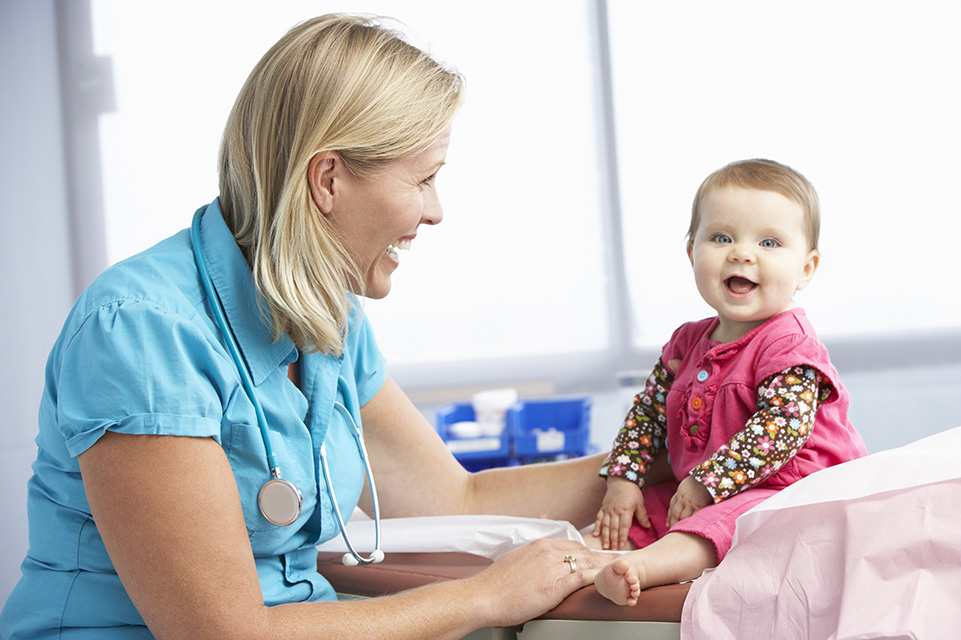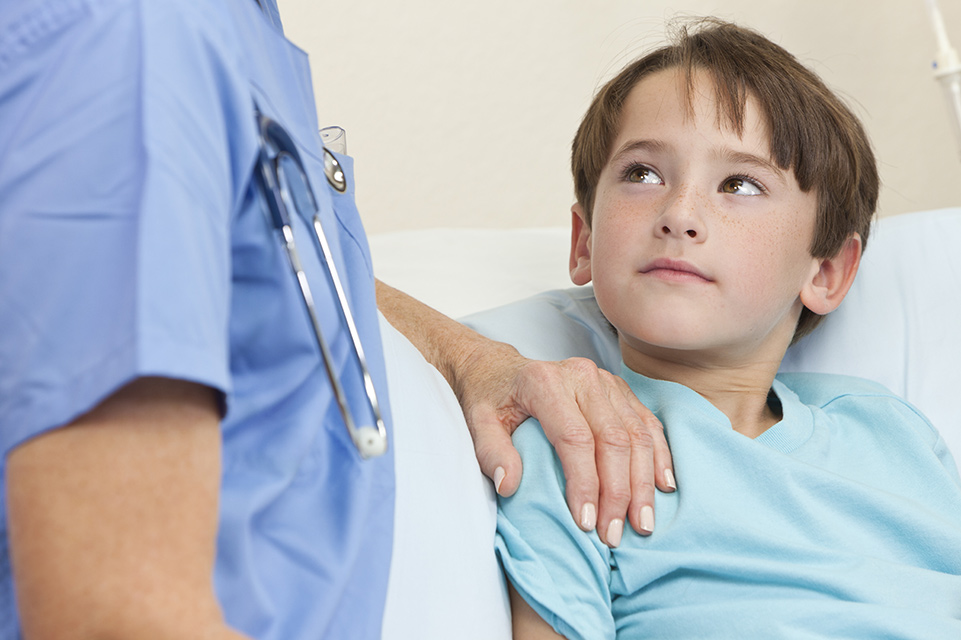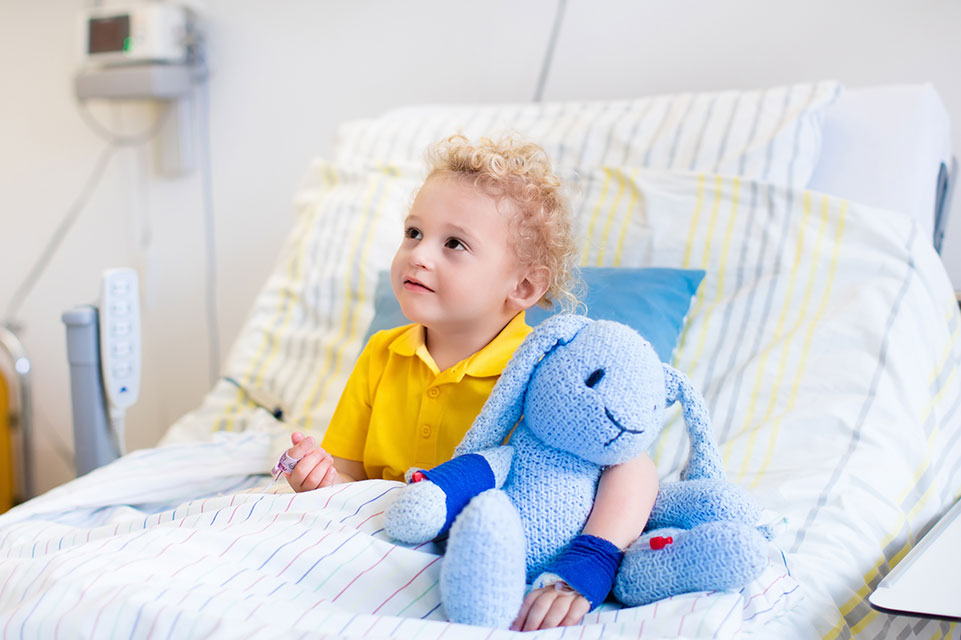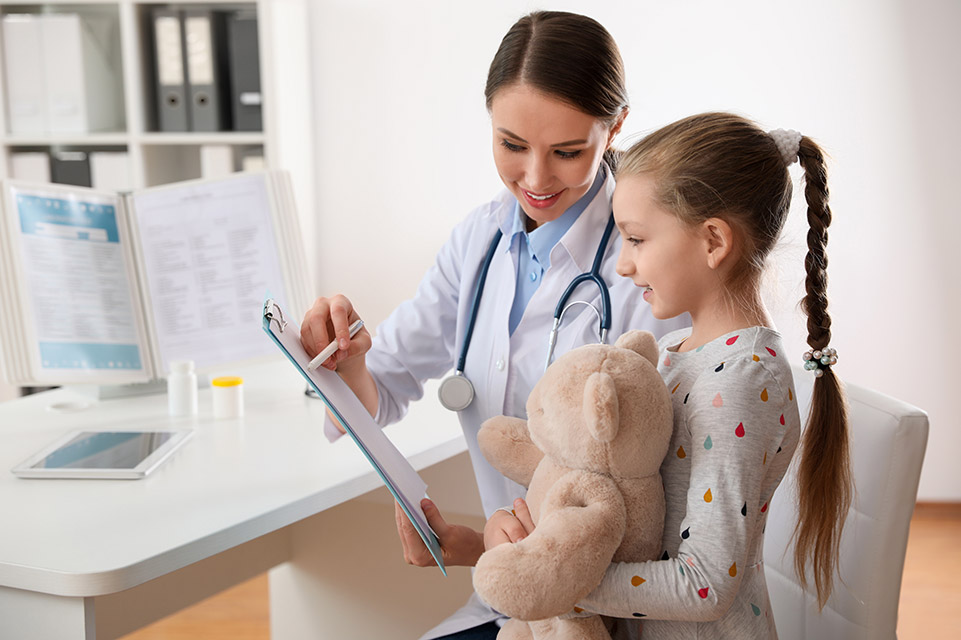Anorectal Malformations
Shriners Children's Provides Specialized Care for Children with Anorectal Malformations
The goal of our colorectal and gastrointestinal specialty care is to provide advanced treatment and rehabilitation for children with anal-rectal disorders that frees them from social stigma and allows them to live and play like other children.
What Are Anorectal Malformations?
Anorectal malformations are birth defects that prevent the anus and rectum from developing properly. They are conditions that affect the lower part of the digestive tract.
Several problems can occur from anorectal malformations, including:
- The anal passage may be narrow
- A membrane may be present over the anal opening
- The rectum may not connect to the anus (imperforate anus)
- The rectum may connect to a part of the urinary tract or the reproductive system through an abnormal passage called a fistula
What Are the Symptoms of an Anorectal Malformation in a Child?
- Lack of stool
- Stool coming from the vagina
- Stool in the urine
- Urine coming from the anus
- Trouble having a bowel movement, or constipation
How We Care for Anorectal Malformations
We treat children each year with a wide range of anorectal malformations. We see patients from newborns, who need urgent surgery, to young adults who need long-term follow-up. Our team has extensive experience and can provide all aspects of your child’s care in one place. We also provide second opinions.
Anorectal malformations can be really complex issues. Each child’s case is unique. Team members partner closely with each other and with you to develop the best treatment plan for your child.
Often, newborns are referred from their birth center because a malformation is seen right away. We also see many babies and children at any age who:
- Have symptoms but haven’t been diagnosed yet because their malformation is not obvious
- Have been diagnosed and need surgery
- Had surgery somewhere else for this condition and want to change doctors or want a second opinion about the best treatment for them
Surgery corrects the malformation, and it may allow your child to develop good bowel control. Despite surgery, some children have poor bowel control due to factors like:
- The type of malformation
- Whether the child also has problems with the spine
- How well the pelvic muscles developed
We provide follow-up care to monitor your child’s health, prevent problems, manage symptoms and give your child the best quality of life.
Specific treatments and services may vary by location. Please contact a specific location for more information.
The dietitians at Shriners also do an especially good job. A dietician would visit us every day Jordyn was in the hospital to give us advice on what foods were best for Jordyn’s digestive system.
Understanding Your Child's Colorectal and Gastrointestinal (GI) Appointment(s)
On the first visit, parents and children typically come for a group overview and educational presentation about bowel management. Our doctors and nurses explain the medicines, enemas and diets we use as treatment options. Each family has a one-on-one clinic visit with a provider from the program to make a plan for their child.
If referred to one of our locations for a more complex condition or surgery, you and your child go directly to the one-on-one visit with one of our providers to build an individualized plan of care.
Sometimes, when deemed appropriate, your child may have a bowel X-ray. This helps us with diagnoses and check whether your child’s plan is working. A nurse from our program will talk with you either in person or by phone to discuss your child’s results.
Our goal is for your child to empty their bowel daily with no accidents and to live with as few limitations as possible. Success depends on your child’s condition and following your plan closely.
How We Support Your Child’s Total Health and Well-Being
Families and patients say that Shriners Children’s feels like home to them, and it's no wonder to us. We know that a child's needs go beyond the physical. Our care teams support their social, emotional and developmental health with patient programs and activities.
A few examples include:
- Child life enrichment
- Creative arts
- Live entertainment
- Music therapy
- On-site public schooling
- Pet therapy
- School and community re-entry program
- Specialty camps
- Therapeutic recreation

Pediatric Surgeons that Specialize in Colorectal Care
Innovative Treatments
View All Related Treatments
Anoplasty

Colonic Irrigation

Colon Resection

Gastrostomy Tube Placement

Ileostomy

Ostomy Creation and Closure

Rectal Botox


